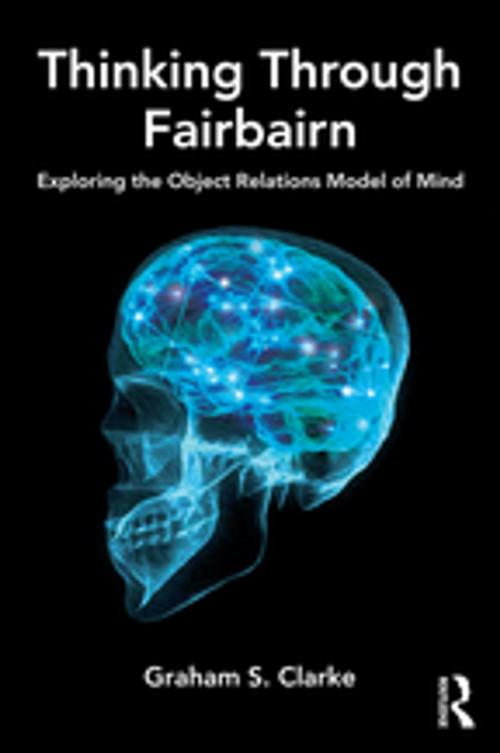Thinking Through Fairbairn
Exploring the Object Relations Model of Mind
Nonfiction, Health & Well Being, Psychology| Author: | Graham S. Clarke | ISBN: | 9780429840708 |
| Publisher: | Taylor and Francis | Publication: | April 19, 2018 |
| Imprint: | Routledge | Language: | English |
| Author: | Graham S. Clarke |
| ISBN: | 9780429840708 |
| Publisher: | Taylor and Francis |
| Publication: | April 19, 2018 |
| Imprint: | Routledge |
| Language: | English |
Thinking through Fairbairn offers parallel perspectives on Fairbairn's work. It explores an extended interpretation of his 'psychology of dynamic structure' and applies that model to a number of different areas. Fairbairn's Scottish origins are explored through his relationship with the work of Ian Suttie and Edward Glover. A new extended object relations model of phantasy and inner reality that reflects Fairbairn's approach as represented by his contribution to the Controversial Discussions is also developed. In cooperation with Paul Finnegan, this version of Fairbairn's model is applied to an understanding of multiple personality disorder or dissociative identity disorder. This model is combined with Fairbairn's theory of art to provide an understanding of some 'puzzle' films based in trauma and dissociation. Fairbairn's theory is presented here as a synthesis of classical and relational approaches, and his appropriation by relational theorists as a precursor to exclusively relational approaches challenged.
Thinking through Fairbairn offers parallel perspectives on Fairbairn's work. It explores an extended interpretation of his 'psychology of dynamic structure' and applies that model to a number of different areas. Fairbairn's Scottish origins are explored through his relationship with the work of Ian Suttie and Edward Glover. A new extended object relations model of phantasy and inner reality that reflects Fairbairn's approach as represented by his contribution to the Controversial Discussions is also developed. In cooperation with Paul Finnegan, this version of Fairbairn's model is applied to an understanding of multiple personality disorder or dissociative identity disorder. This model is combined with Fairbairn's theory of art to provide an understanding of some 'puzzle' films based in trauma and dissociation. Fairbairn's theory is presented here as a synthesis of classical and relational approaches, and his appropriation by relational theorists as a precursor to exclusively relational approaches challenged.















